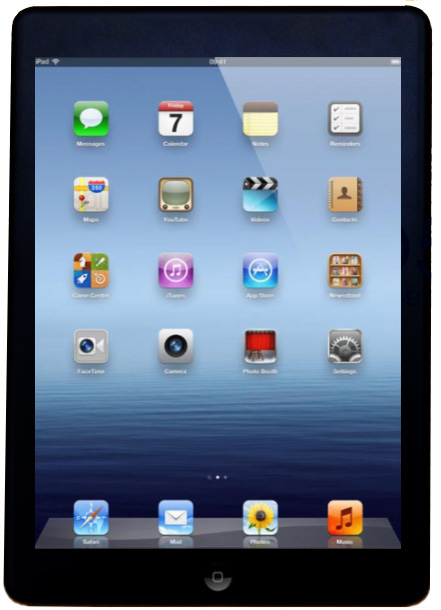Religion, politics, and operating systems – three things sure to start a spirited discussion.
By January 2016, when the Houston Independent School District’s latest tech initiative hits full stride, the district will issue laptops to every high school student and teacher in the district. All 65,000 of those laptops will run Windows 7 and cloud-based Office 365. For Microsoft, that’s sweet news: a solid little victory in the digital war for global domination.
As every tech geek knows, Microsoft, the world’s third-largest technology company, is embroiled in a three-way war with the first- and second-largest, Apple and Google. Each of those behemoths hopes to establish its own computing ecosystem as the world’s digital default, to be the system that everyone everywhere just seems to use on the fast-growing array of devices that connect to the Web. (Coming soon: Dog collars! Home thermostats! Cars!)
In the last two years, elementary, middle and high schools have been among the war’s hottest fronts. In part, that’s simply because K-12 education is a fast-growing, largely untapped market: According to analyst Phillip Maddocks of Futuresource, a research and forecasting company, only about 25 percent of U.S. students and teachers are currently equipped with devices such as laptops or tablets.
But that number is bound to rise. Last year, President Barack Obama announced the creation of the federal ConnectEd program, with a goal of making high-speed broadband available to 99 percent of American students by 2017. In January, Obama’s State of the Union address included a call to bring American classrooms up to date. Soon after, a group of private tech companies, including Apple and Microsoft, committed to donate $750 million in devices, software, training and Wi-Fi – as well as to offering deep discounts.
For those tech companies, such efforts are one part altruism, one part gold rush. As the remaining 75 percent of American students obtain devices and Wi-Fi, their hardware, software and habits are up for grabs.
“The scale is what’s so new,” says Cameron Evans, chief technology officer at Microsoft Education. “Before, there were always five computers in the back of the classroom. Until 2012, that was acceptable.”
As the story notes, Apple has been the leader in this space, but they’ve been vulnerable lately thanks to the high profile flop in Fort Bend and some embarrassing security failures in Los Angeles. Both were more due to design and implementation flaws than anything else, but they still look bad. Microsoft and Google have been competing on price and on compatibility, and have made some inroads. I know this is somewhat heretical to say, especially for an IT guy, but to some extent the OS and hardware don’t really matter. Basic concepts, about things like security and programming and how to use various apps, don’t really change that much from one device to the next. Of course, from the vendors’ perspective, they’re trying to lock in preferences. From my perspective, I’d like to see kids get experience with multiple platforms. Mostly I hope they get a solid curriculum that really takes advantage of the technology available to them. We’re still figuring out how to do that, so I hope we stay flexible and open-minded about it.

